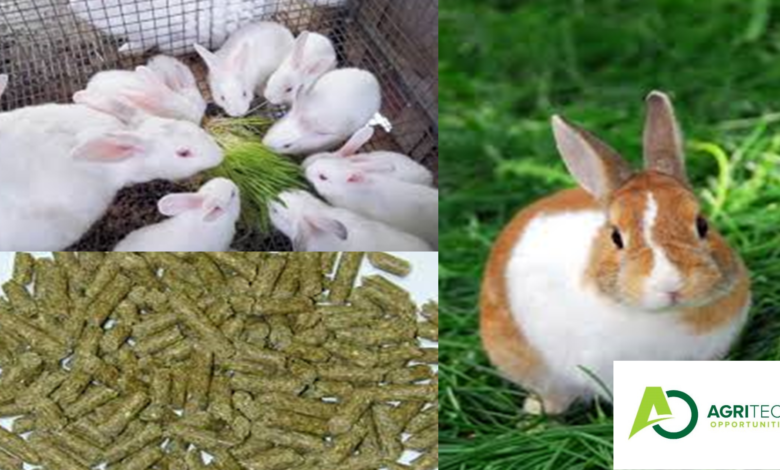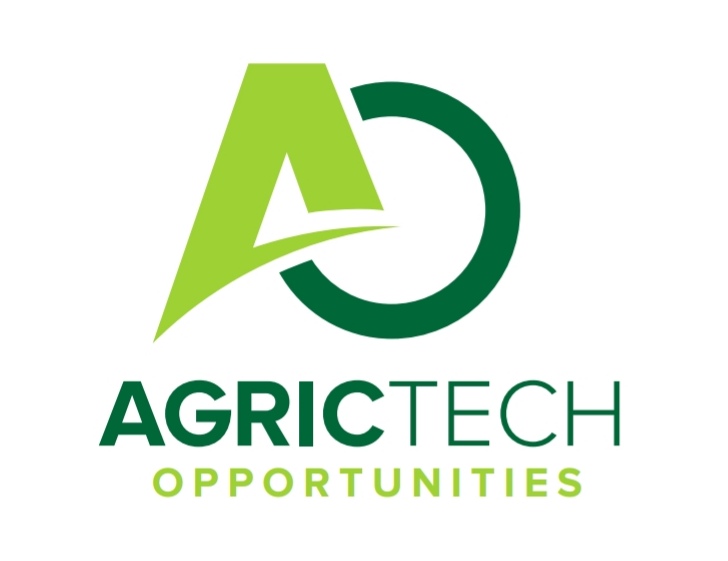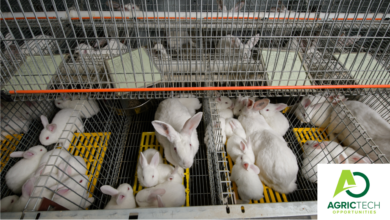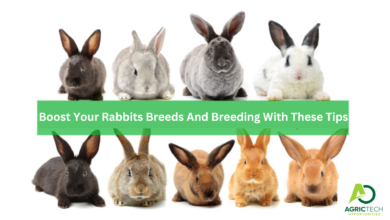Principles Of Rabbit nutrition- Profitable Business

Host Country
GLOBAL
Target Audience
INTERNATIONAL (GLOBAL)
Program Overview
Similar to other non-ruminants, however Rabbits have a large caecum for fibre digestion. Post-gastric (hind gut) fermenter. Fresh, clean drinking water and good quality hay and grass should make up the majority of your rabbits’ diet. A rabbit’s digestive system needs hay or grass to function properly so a healthy supply is extremely important. You can supplement with leafy greens and a small amount of pellets. In this article we will be focusing on rabbit nutrition and proper feeding rations for maximum productivity:
ALSO CHECK: Starting Your Own Dairy Enterprises And Becoming A Dairy Farmer In South Africa
Process Of Rabbit Digestion
◦Fermentation of cellulose and hemicellulose by bacterial enzymes in caecum to VFAs (like in rumen)
◦VFAs are converted to glucose which is absorbed through the walls of the large intestine
◦Micro-organisms in the caecum can also synthesize vitamin B and protein from NPN sources (urea, NH3)
◦Also available is the microbial protein pool Caecal fermentation means rabbits can produce much needed protein on relatively inexpensive feed.
◦roughages make up to 1/3rd of diet
Rabbits practice coprophagy/caecotrophy
◦eating of large soft pellets of caecally fermented faeces (caecotrophs)
WHY RAABITS EAT THEIR FAECES
These are re-consumed for upper digestive tract digestion in order to access the protein from microbial sources for absorption and utilisation. After stomach digestion, separation of digester on the basis of particle size occurs in the hindgut. Peristaltic action rapidly moves large particles, primarily lignocellulose, through the colon and excretes them as hard faecal pellets. Anti-peristaltic action moves small particles and soluble material into the cecum, where they undergo fermentation
At intervals, the caecal contents are expelled as “soft faeces” and consumed by the rabbit directly from the anus. This re-ingested material provides microbial protein, vitamins (including all the B vitamins needed), and small quantities of VFAs, which are essential in rabbit nutrition. In order to facilitate complete digestion of fibrous materials in food through coprophagy, it might be necessary to have a sitting board in hutches with wire floors for the retention of night faeces. Otherwise, the caecotrophs are consumed by the rabbit directly from the anus
Nutritional requirements
Protein density in diets for rabbits
◦ Newly weaned rabbits >18% CP
◦12-24 weeks old 16-18% CP
◦Breeder 15-17% CP
◦Other stocks (Normal growth) 12-14% CP
Energy density required in rabbit diets
◦breeding rabbits is 2600-2700 Kcal DE/KgDM
◦2.0-3.0 MJ ME/KgDM feed
Essential minerals
◦Ca, P, Mg, Na, K and Cl
Vitamins
◦A dietary supply of vitamins A, D, & E is necessary
◦B vitamins and vitamin K are synthesised in adequate quantities from non-protein nitrogen sources like urea and ammonia in the food; thus, dietary supplements are not necessary
Diets containing ≥30% of alfalfa (lucerne) meal generally provide sufficient vitamin A
Vitamin A deficiency is associated with
◦abortion
◦resorbed litters
◦foetal hydrocephalus
Vitamin E deficiency has been associated with
◦Infertility
◦muscular dystrophy
◦foetal and neonatal death
ALSO READ: The Benefits of Doing an Internship: How It Can Help You Get Ahead in Your Career
Nutritional strategies
Commercial feed (intensive)
◦Complete pelleted feed
◦Breeding stock (18-20% CP; 13-15% CF)
◦Weaners (16-17%CP; 16-17% CF)
◦Fattening (15-16% CP; 14.5-15.5% CF)
◦Important for large numbers and intensive rearing systems
◦For commercial meat production, commercially prepared and balanced pellet rations and good quality greens and hay are required. Commercial pellets and mash must provide 18-20 % crude protein and not less than 13 % crude fibre
Advantages
◦Ease to feed and automate feeding
◦Simultaneous consumption of all required nutrients
◦High levels of production
◦Little risk of disease introduction
Disadvantages
◦Expensive
Nutritional strategies
Forage (extensive system)
◦usually fresh grass, legume forage, extra garden produce, hay and grain, or grazing, kitchen waste
◦Grasses: couch grass, star grass, finger grass.
◦Weeds: blackjack (Bidens pilosa)
◦Tree foliage: orange, lemon, mango, and banana
◦Fruits: melons, mazhanje
◦Crop residues: groundnut leaves, Bambara nuts, bean leaves, cowpea leaves, sweet potato leaves
◦Vegetables: cabbage, lettuce, spinach, rape, carrots, beans
ALSO READ: Approved Principles Of Poultry Production For 2023/24
Forage (extensive system)
Advantages
◦Low cost alternative
◦Easy to provide the quantity of food required
Disadvantages
◦Forage availability varies with season
◦The quality of the forage reduces during dry season
◦It is labour intensive
◦It can introduce diseases and health problems
Poisonous plants
◦Never use them
◦Irish potato leaves, tomatoes, egg plant, pepper, onion, garlic, and nearly all plants that grow from bulbs
◦Vegetables treated with any insecticide, or fungicide
Rations
Daily allocations per animal:
Class of rabbit Quantity (g/d)
Buck 85-112
Doe 85-112
*Pregnant does 168-224
Lactating does 350-400
Fryer/fattening Free choice
*Increase gradually throughout pregnancy
For fattening rabbits, VFI is around 100-150g/day with LWG around 35-40g/d
A pregnant doe and working buck require 120g/d pellets with adequate greens, lucerne or hay fed to appetite
ALSO READ: The Power of Networking And Connections To Succeed For Interns 2023/24
Suggested Feeding Schedule
Schedule
◦Morning: Concentrates or rabbit pellets
◦Mid-day: Green feed
◦Evening: Green feed
◦Water – should be continuously available
Changes of diet should be avoided or be gradual
Water requirements
◦adult rabbit 0,5litres daily
◦doe and litter 3,5litres
Rabbit and hare meat are excellent sources of protein. Protein also keeps us healthy by building and repairing our muscles, skin and blood. Rabbit and hare meat are excellent sources of iron. Iron helps make healthy blood that flows through our bodies, giving us energy to be active and to grow strong
For more updates On Agric Tech Opportunities kindly join the social groups below:
Join our Telegram | Follow us on Linkedin | Also, Follow us on Twitter. | Join Our Whatsapp Group
God bless and All the best !!



